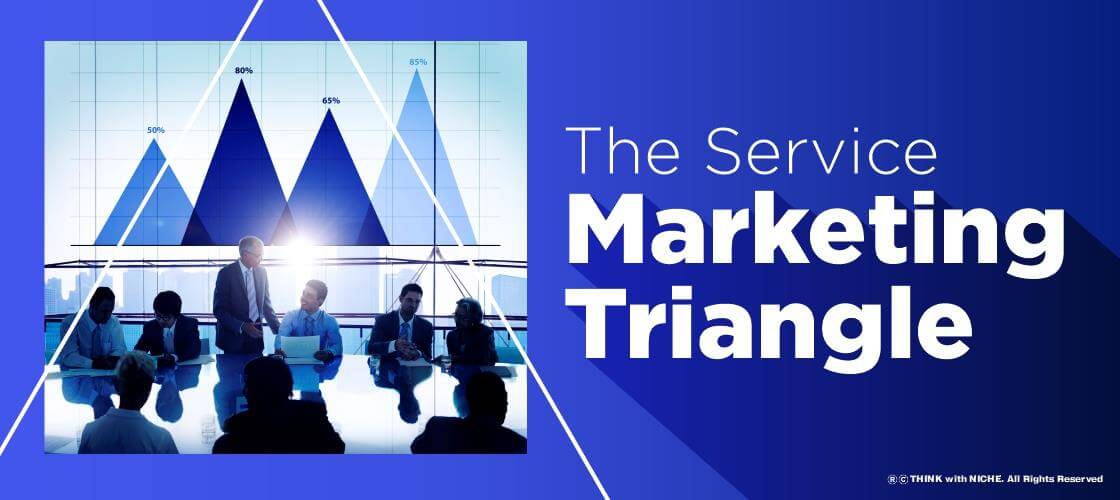
The key players in the marketing of a service business are depicted in the Services Marketing Triangle (or Services Triangle). It also depicts the major marketing interactions that occur between those actors.
It's important to understand that we're only interested in service marketing before we get into the model. Products are not included in the model. The following criteria are used to define services:
You can't see, taste, or touch them because they're intangible.
Inseparable: Production and consumption are inextricably linked.
You can't save, store, or return perishable items.
Heterogeneous: Because they are one-of-a-kind, they cannot be mass-produced.
Services include hotel rooms, flights, and health club memberships, to name a few.
In the marketing of service businesses, promises are used. These are the promises we make to our customers and whether or not we follow through on them. A strategic visual model is the Services Marketing Triangle. It emphasises the importance of people in a company's ability to follow through on its promises.
The Services Marketing Triangle
The Services Marketing Triangle is depicted in the diagram below. It depicts the key marketing activities that take place between the industry's key players. To create, promote, and deliver a company's service, each actor works together. Actors are represented by the triangle's points, as shown in the diagram. The following are the members of our cast:
The company's leadership team is referred to as the company.
Employees: All employees, including subcontractors, who provide services to the company are referred to as employees.
Customers: The term "customer" refers to all current and prospective customers of the company.
The various types of marketing that must be done are represented by the lines connecting the points:
External marketing is the exchange of information between a business and its customers.
Internal marketing is the exchange of information between a company's employees.
Interactive marketing involves both employees and customers.
External Marketing
Businesses use external marketing to make promises to their customers. Any communication with customers (or potential customers) that occurs prior to the start of service delivery is referred to as external marketing.
The following are some examples of external marketing:
Publicity Direct marketing
Selling to individuals
Public relations is a term that refers to the (PR)
We use external marketing to accomplish a variety of goals, including:
Increasing public awareness.
Setting the bar for service quality.
Creating a price range.
Informing customers if there are any requirements they must meet before using the service.
Internal Marketing
In the services industry, employees are regarded as internal customers. They are a market that we as a company must first satisfy. Employee satisfaction should be prioritised by the leadership team so that employees are motivated to provide better service to customers.
Internal marketing entails encouraging employees to collaborate as a team to meet customer needs. For customer service representatives, this is undeniably true. It applies to all employees in the same way. As a result, everyone in the organisation, at all levels, is empowered to provide excellent customer service.
Tags:
marketing service triangle, the service marketing triangle, marketing triangle,
Read This Full ARTICLE, Click Here



Comments
Post a Comment